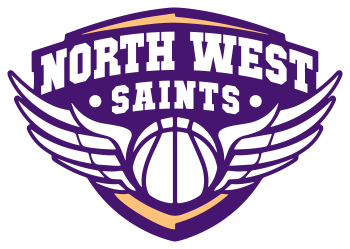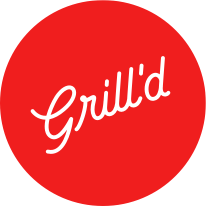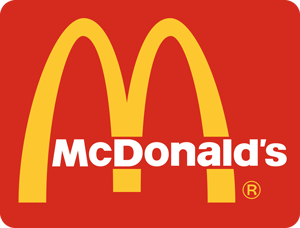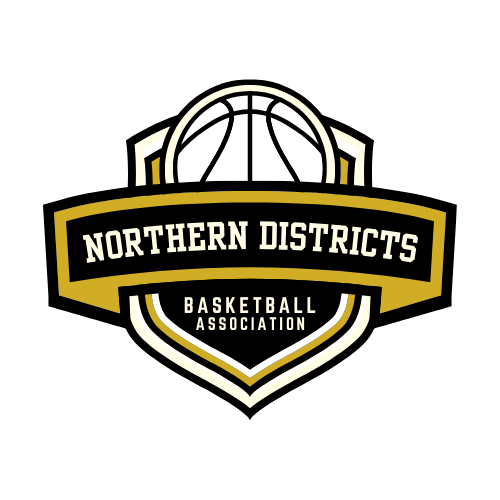- March 2, 2025
2-on-2 Closeout Drill
This drill focuses on improving both offensive and defensive skills in a closeout situation. It emphasizes defensive footwork, on-ball defense, and quick offensive decision-making, all while helping players improve their reaction time in game-like situations.

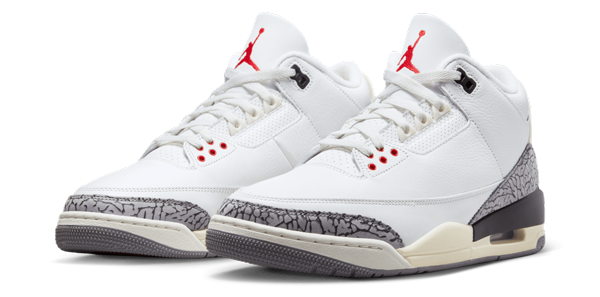
Objective:
- Improve defensive closeouts and guarding the ball handler.
- Teach offensive players to attack the basket or take a jump shot based on the defender’s position.
- Enhance communication and teamwork on both ends of the floor.
Equipment Needed:
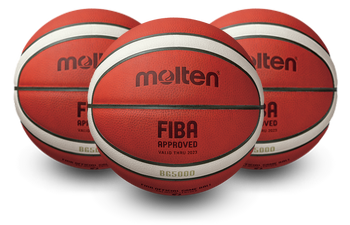
Basketballs
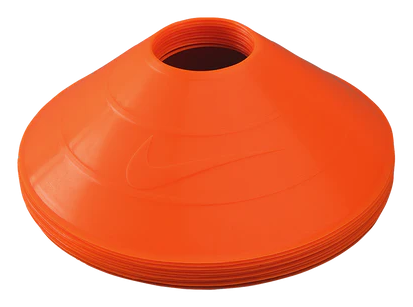
Cones

full/half court
Setup:
- Two offensive players (one at the top of the key and one at the wing) and two defensive players (one guarding each offensive player).
- The drill starts with the ball in the hands of one offensive player (on the wing).
- The defensive players start in a low stance near their respective offensive player, facing away from the ball.

Instructions:
1: Start the Drill:
- The drill begins with the offensive player on the wing (Player 1) passing the ball to the offensive player at the top of the key (Player 2).
- As soon as Player 1 passes the ball, the defender guarding Player 1 (Defender 1) sprints toward the ball handler (Player 2) to perform a closeout.
2: Offensive Decision-Making:
- The ball handler (Player 2) has several options depending on the defender’s position:
- If the defender is too close: The ball handler should use a quick jab step or dribble move to create space for a shot.
- If the defender gives space: The ball handler should drive to the basket with a strong dribble or take the open jump shot.
- If the defender is playing good defense: The ball handler should look for a quick pass to the teammate (Player 1) for a better scoring opportunity.
3: Defensive Closeout:
- The defender (Defender 1) must sprint towards the ball handler and perform a proper closeout. A proper closeout involves:
- Sprinting hard to the ball handler while keeping good defensive positioning.
- Using short, choppy steps as they approach the ball handler to avoid overcommitting.
- Keeping hands high to contest a shot or force a drive.
- The defender should then stay in a defensive stance and be prepared to either contest the shot or slide to prevent a drive.
4: Defender Reaction to the Drive:
- If the ball handler drives, the defender (Defender 1) must use proper on-ball defense to cut off the driving lane, staying in front of the offensive player and forcing a tough shot or a pass.
- The second defender (Defender 2) should be ready to help in the paint or to rotate if the ball gets passed to their side.
5: Offensive Movement:
- The second offensive player (Player 1) should also be active, either moving to get open for a pass or cutting to the basket to support the play.
- After making a decision, whether shooting or passing, both offensive players should look to move to the next position (if the shot is missed, they should crash the boards).
6: Rebound and Reset:
- After the shot or pass, both teams should work on boxing out for the rebound.
- The drill resets with the ball being passed to the next set of offensive players, or the same players continue to rotate through different spots on the floor.
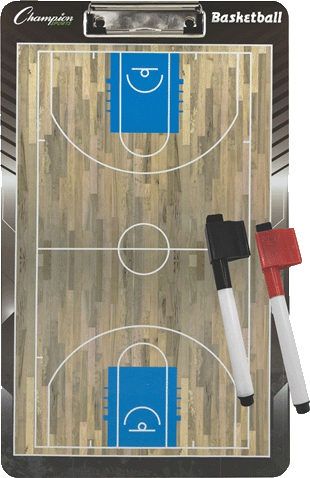
Coaching Tips:
- Defensive Footwork: Focus on teaching the defenders to use short, choppy steps when closing out, maintaining balance, and staying low to slide with the ball handler.
- Closeout Technique: Remind the defenders to stay under control while closing out — they should never lunge or dive at the shooter, as this could lead to a foul or an easy drive.
- Offensive Decision-Making: Emphasize that offensive players need to quickly read the defense and make decisions on the fly. If the defender is too close, attack; if there’s space, shoot.
- Communication: Stress the importance of talking on defense. Defenders should communicate who is guarding whom and make sure they are in position to help if necessary.
Variations:
- Add a Shot Clock: Implement a shot clock (e.g., 10-15 seconds) to force offensive players to make quicker decisions.
- Use a Bigger or Smaller Court: You can adjust the size of the court for different age groups or skill levels. A smaller court can make the closeouts more intense, while a larger court may require better spacing and decision-making.
- Add a Third Defender: After the first closeout, have the second defender (Defender 2) rotate over to help on the drive or contest a shot, creating a 2-on-1 or 3-on-2 scenario.
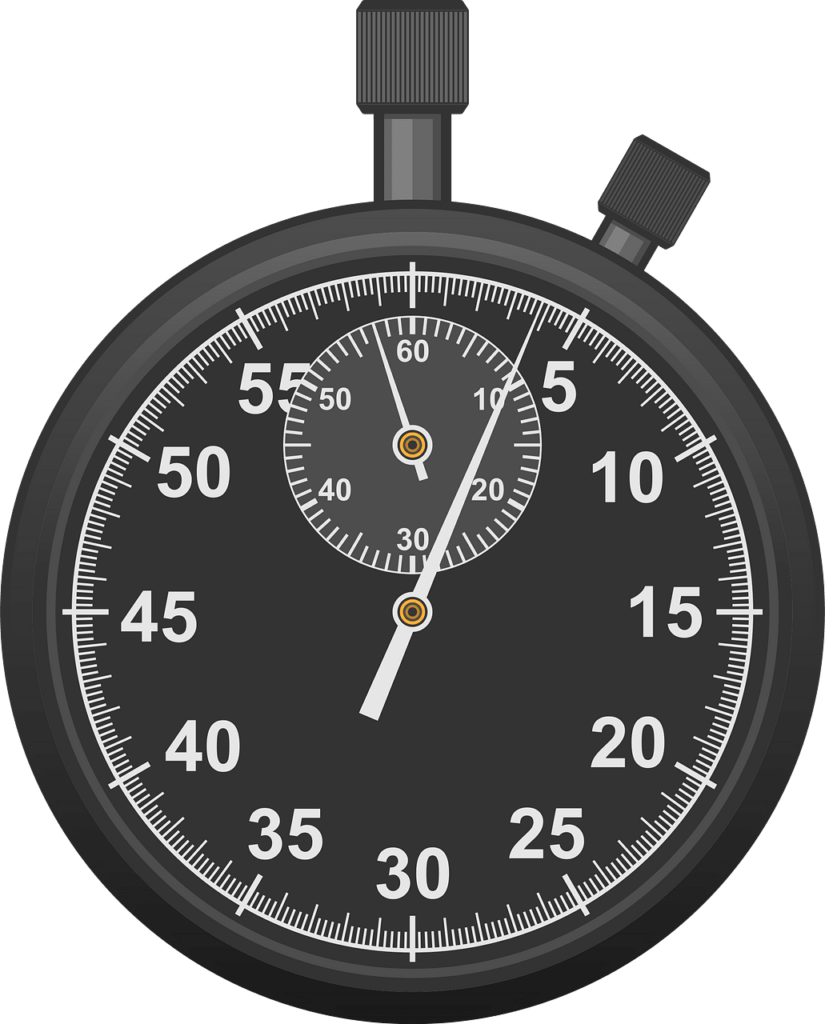
Key Takeaways:
This drill is effective for improving defensive closeouts and on-ball defense in a live, high-pressure environment.
Offensive players get the chance to practice decision-making in real-time situations: attacking, passing, or shooting depending on the defender’s positioning.
Emphasizes communication and teamwork, both defensively and offensively.
The 2-on-2 Closeout Drill is a great way to simulate game-like conditions and help players improve their transition from defense to offense. It works on key skills like defending the ball, making quick decisions, and executing plays under pressure.
Privacy Policy | Copyright © 2025 North West Saints Basketball Club
